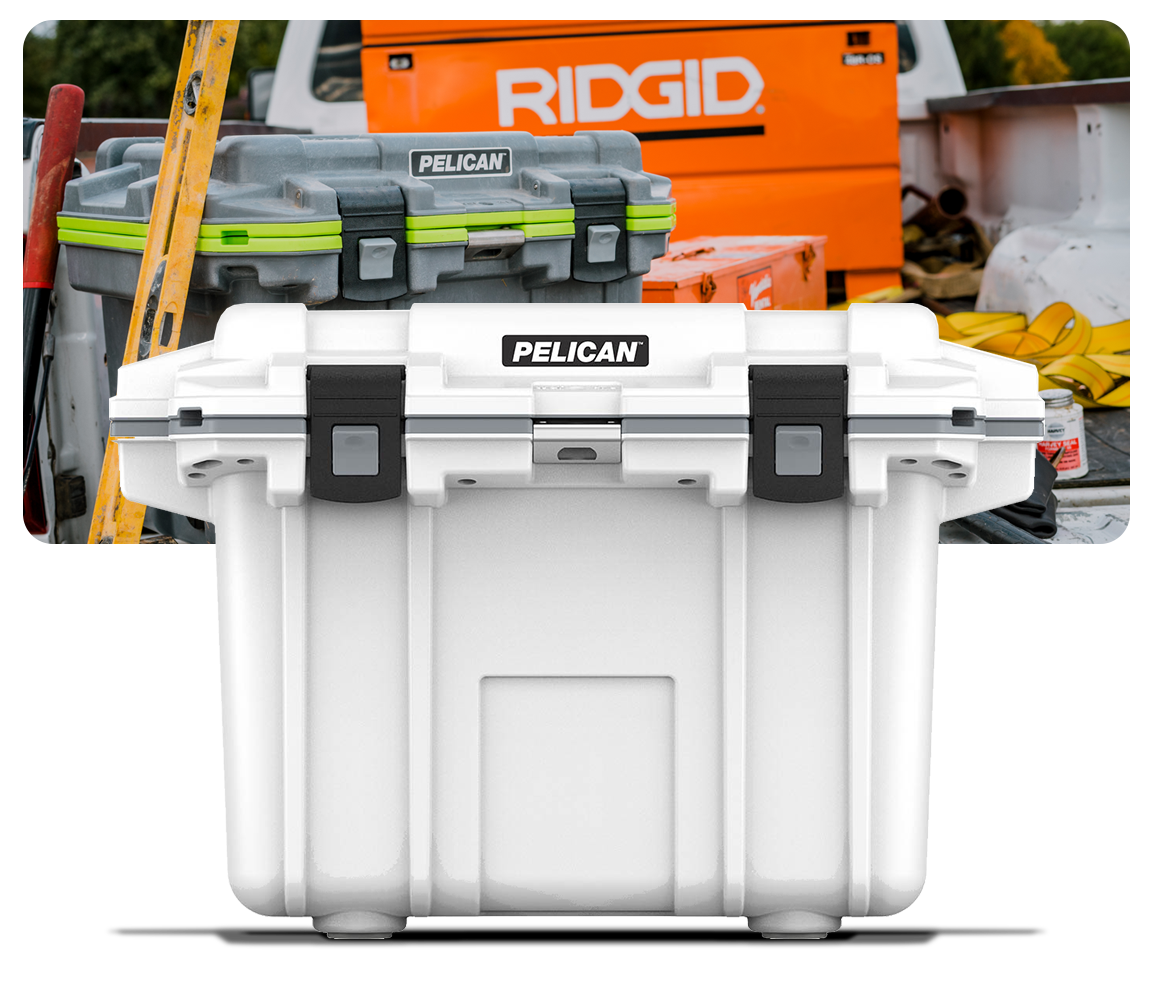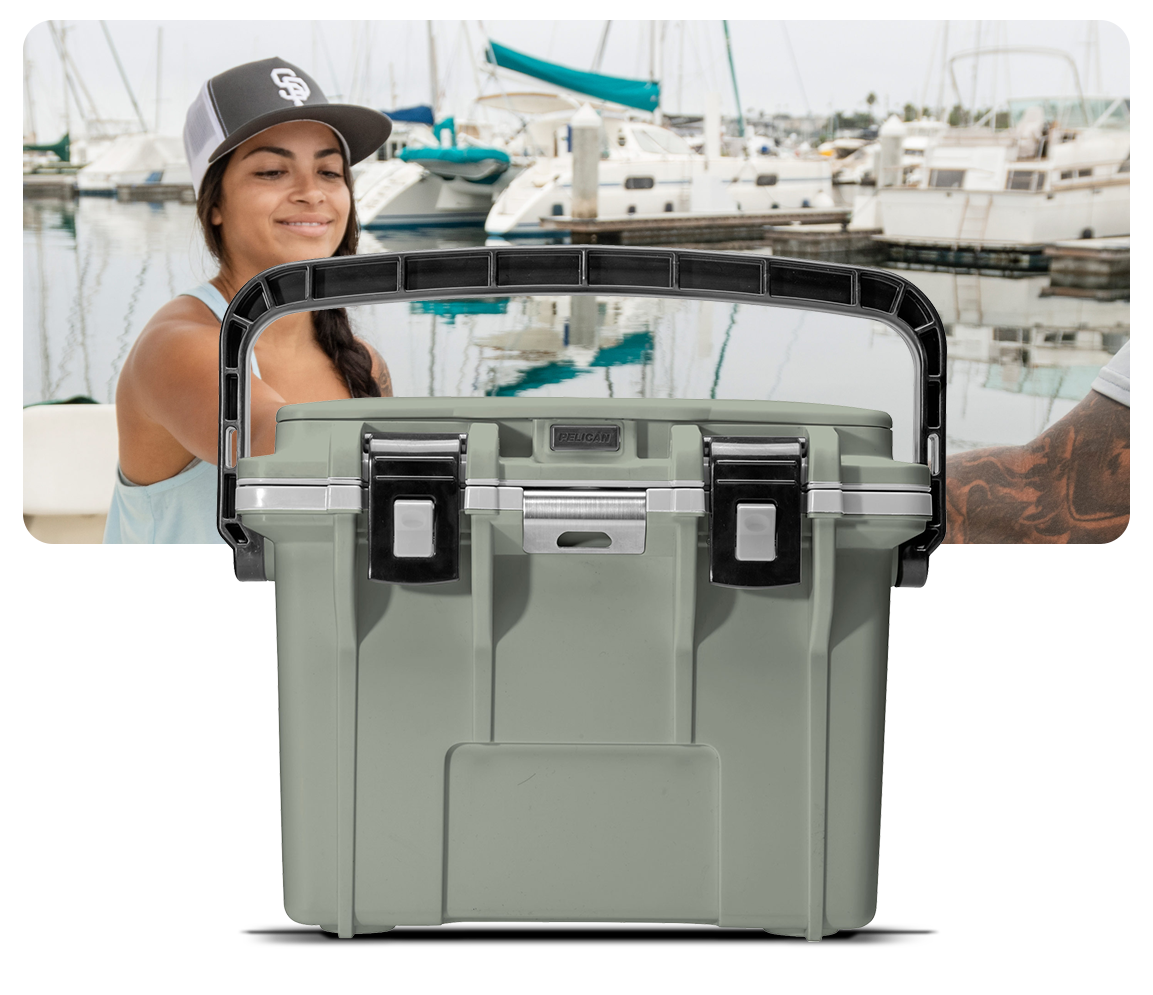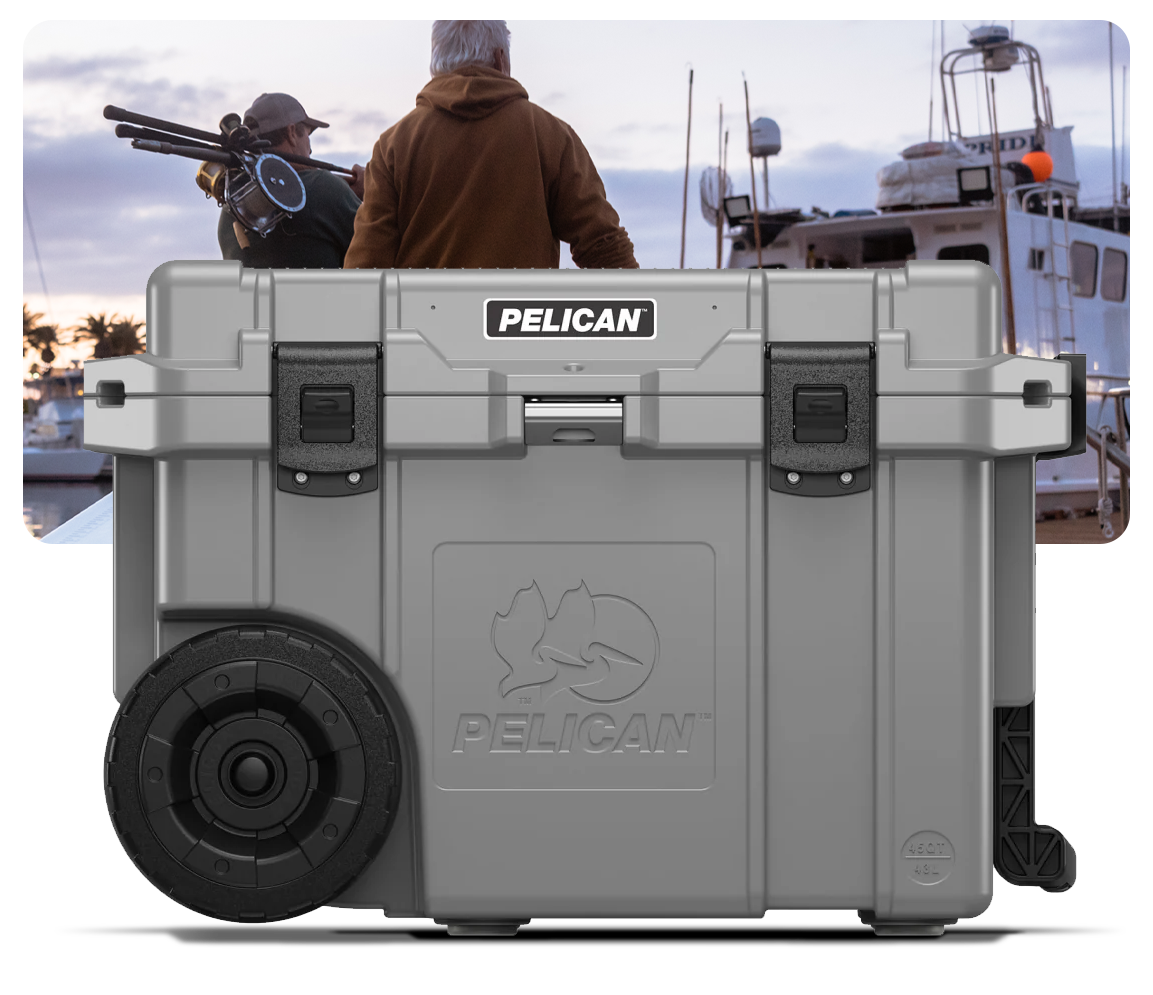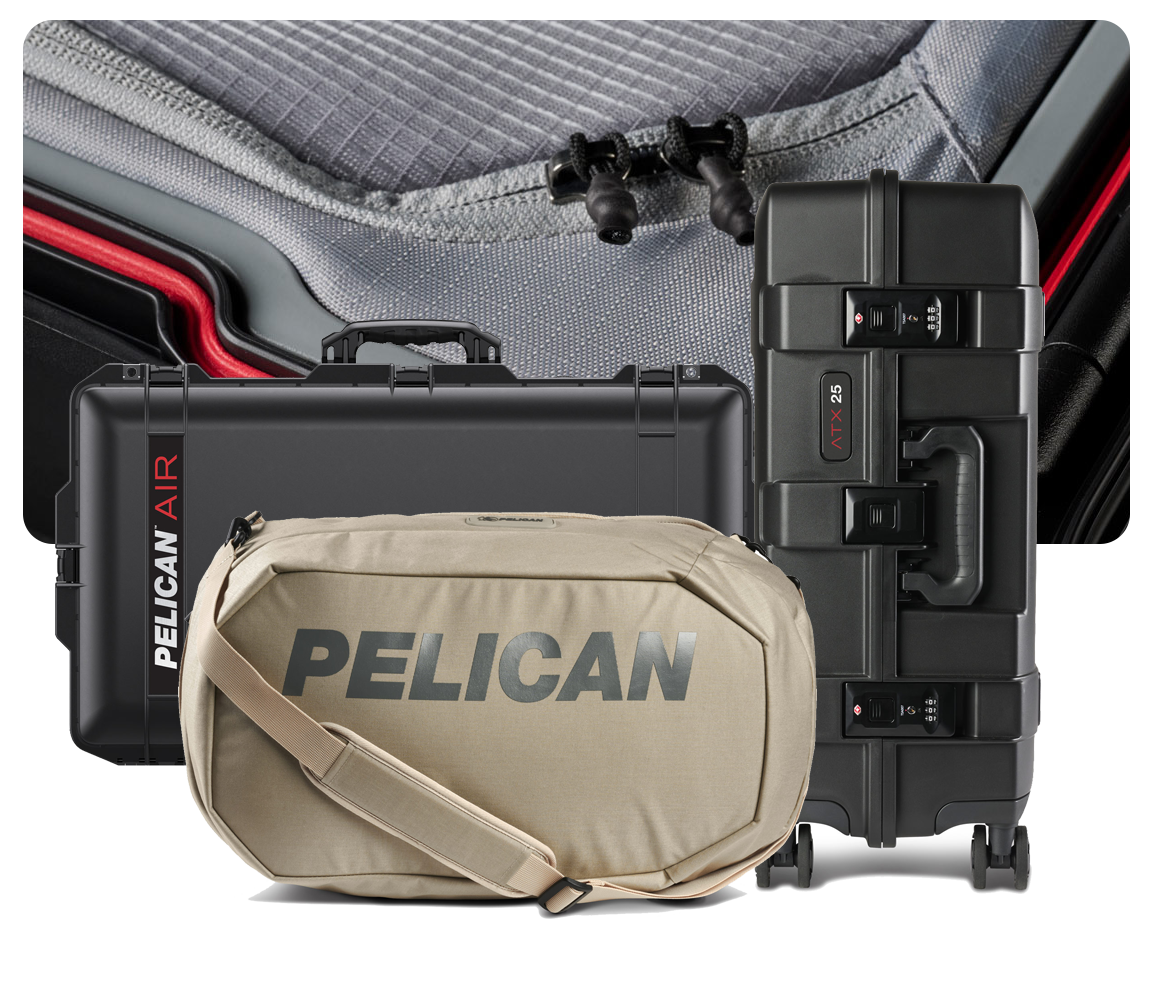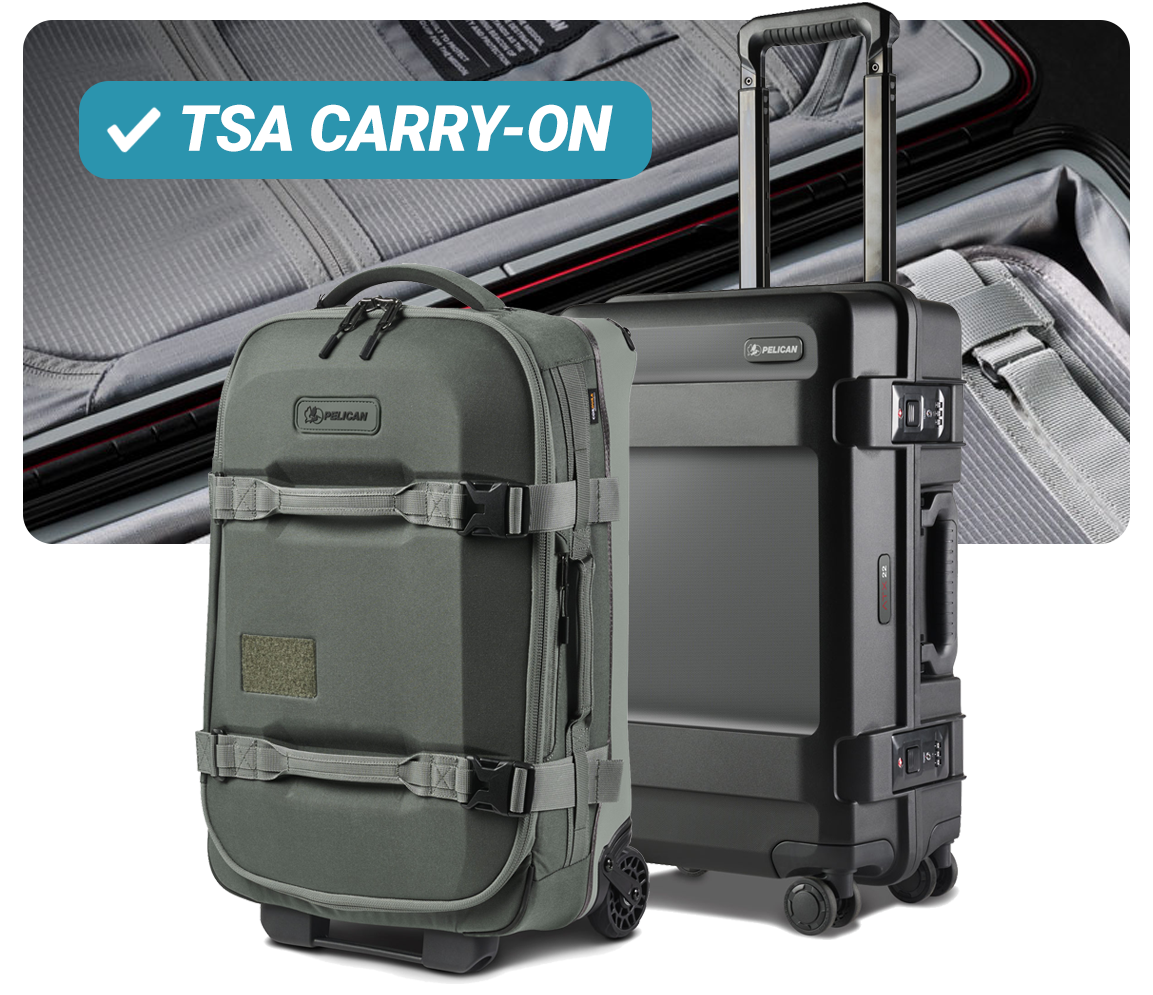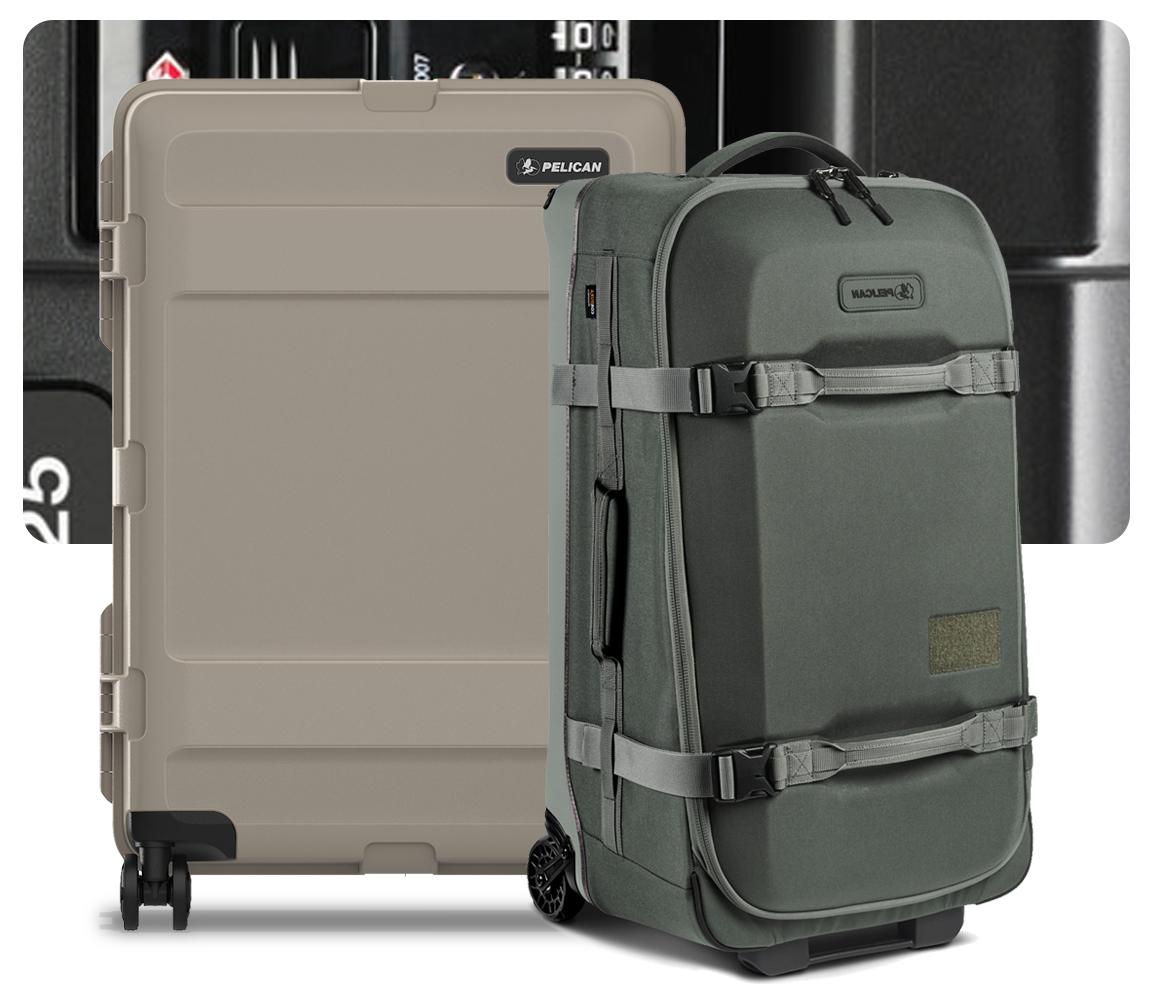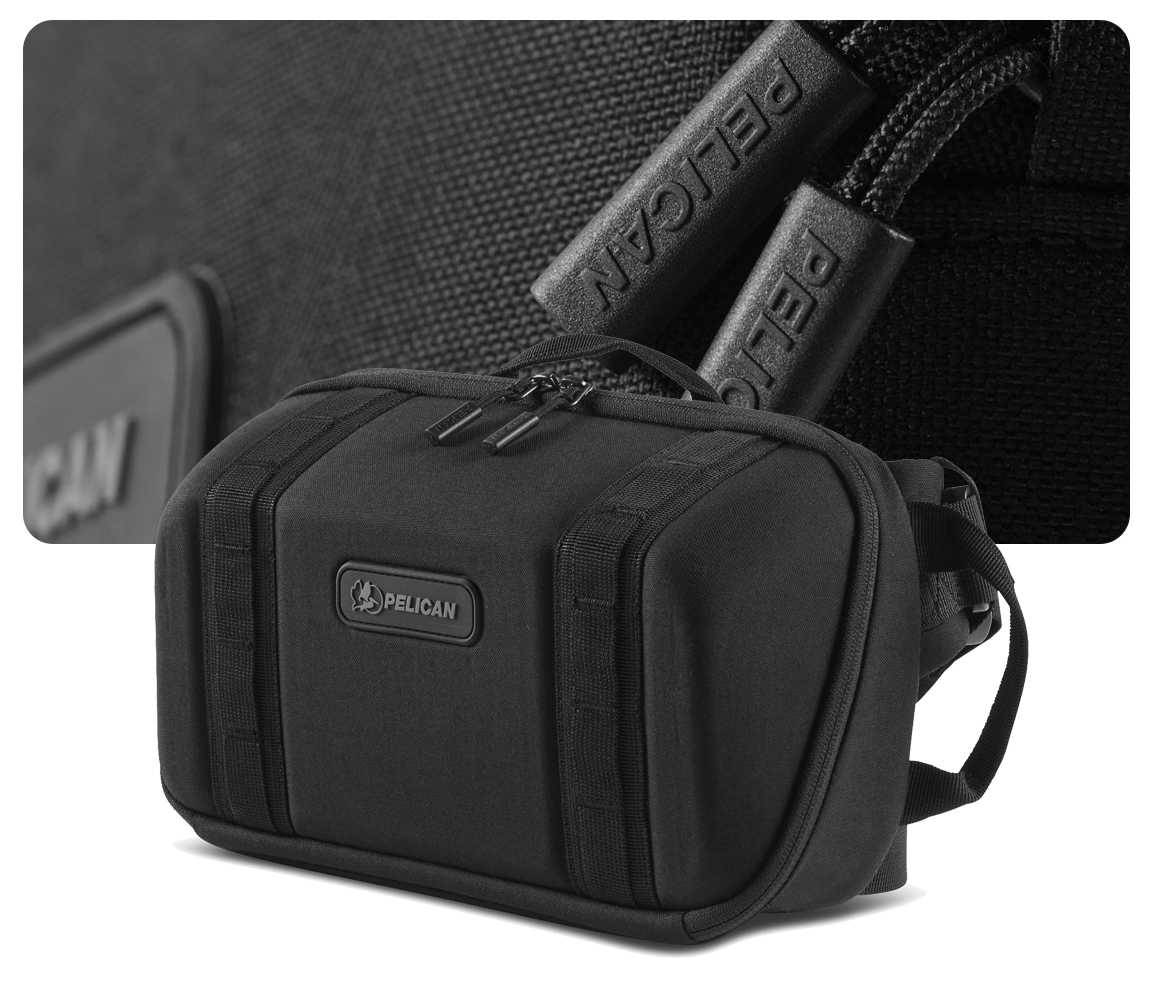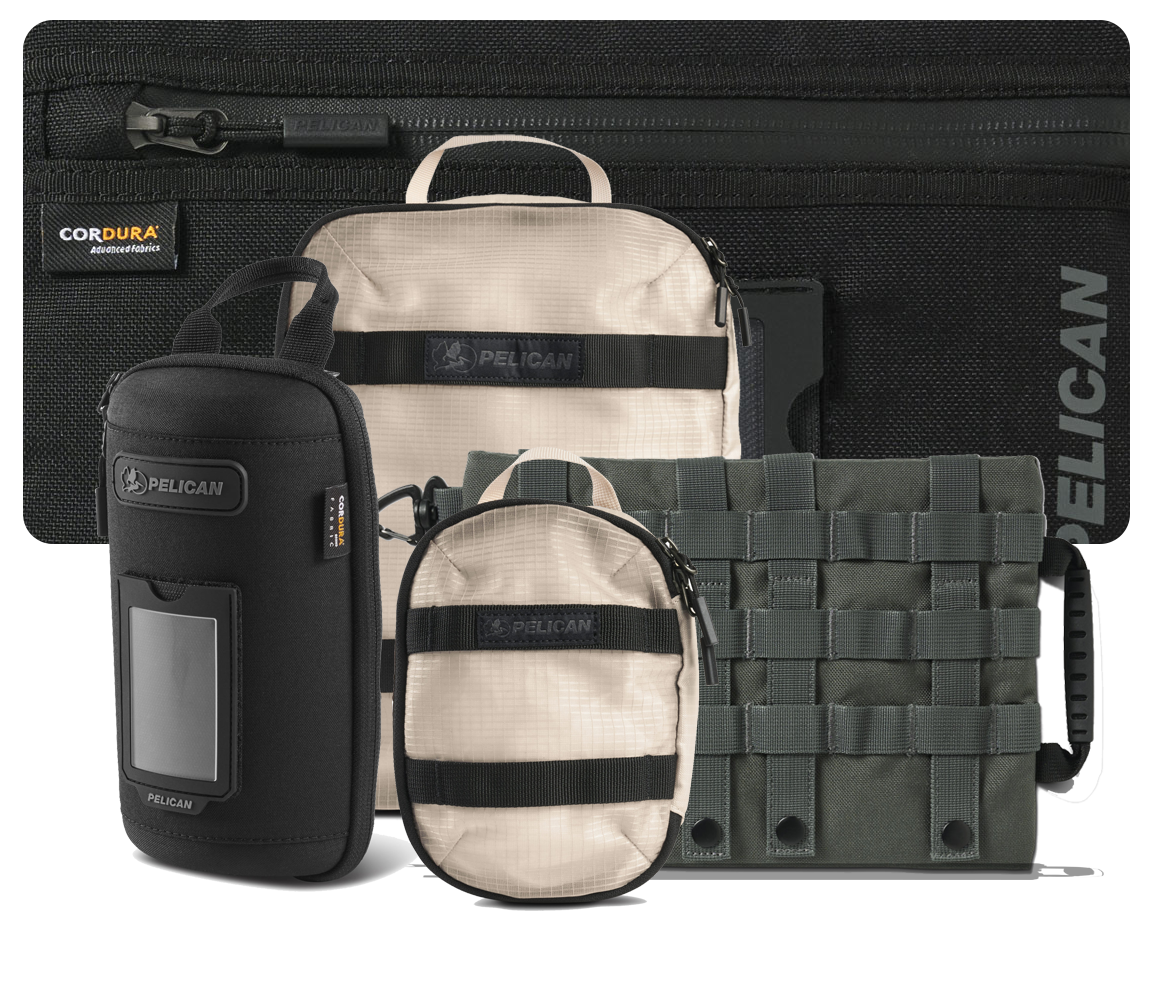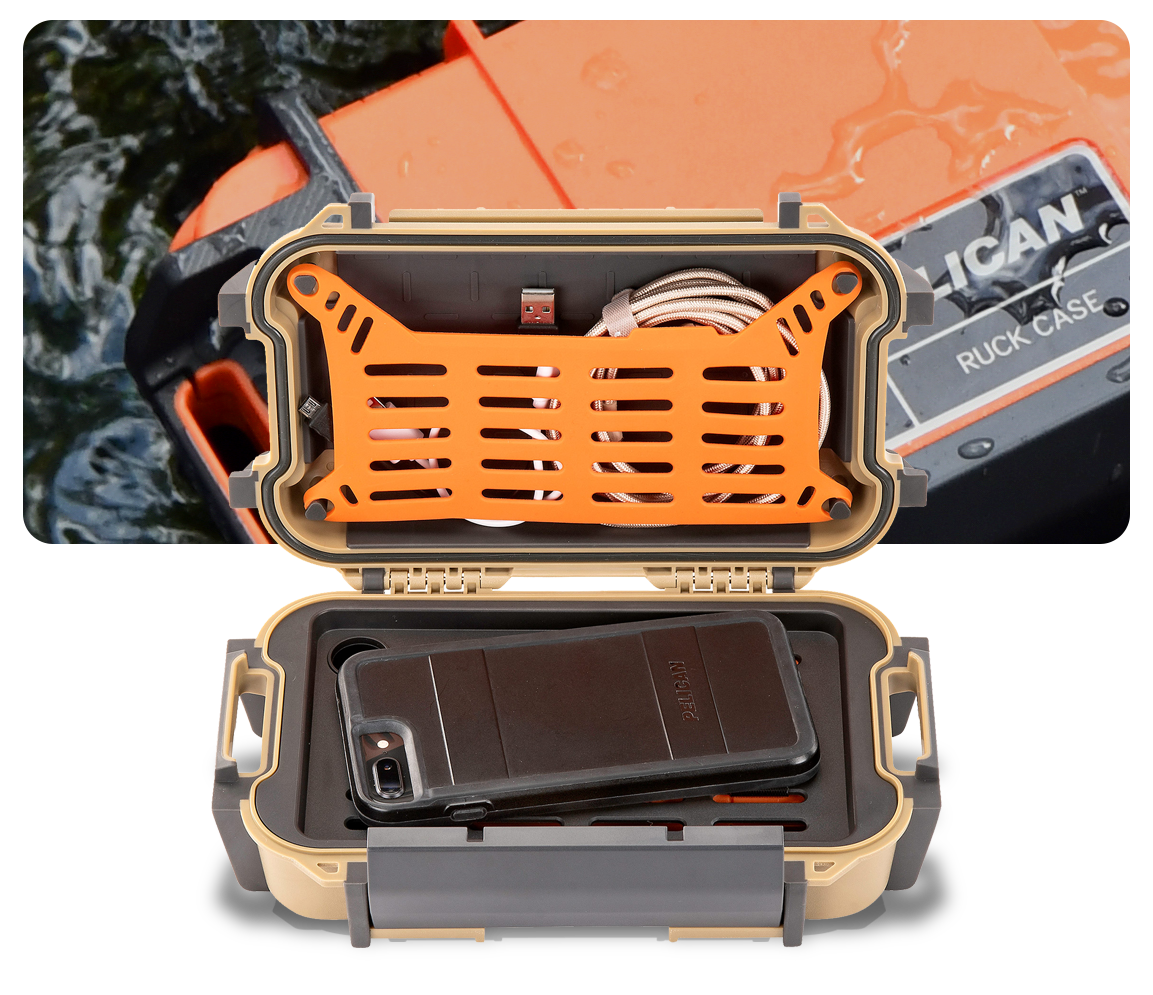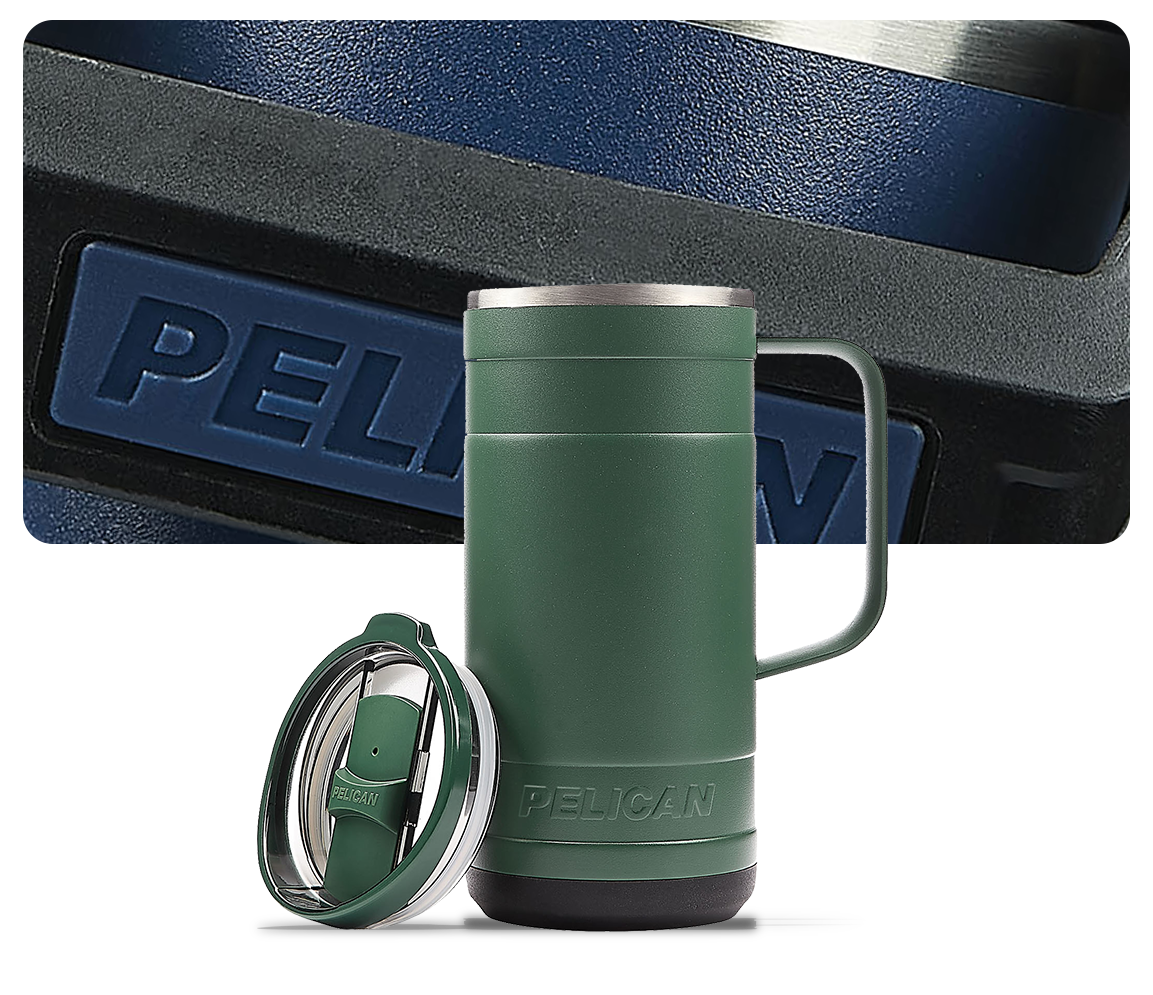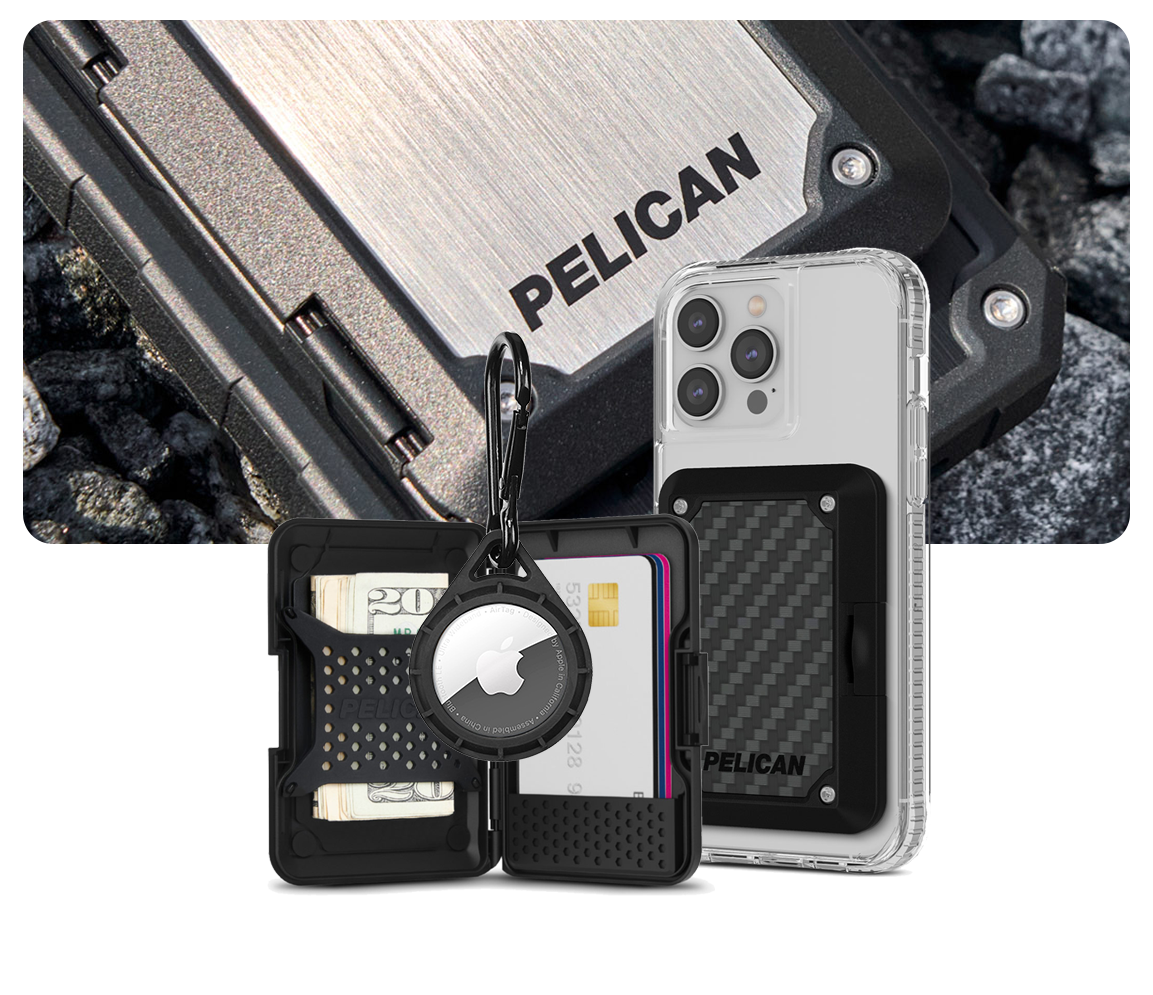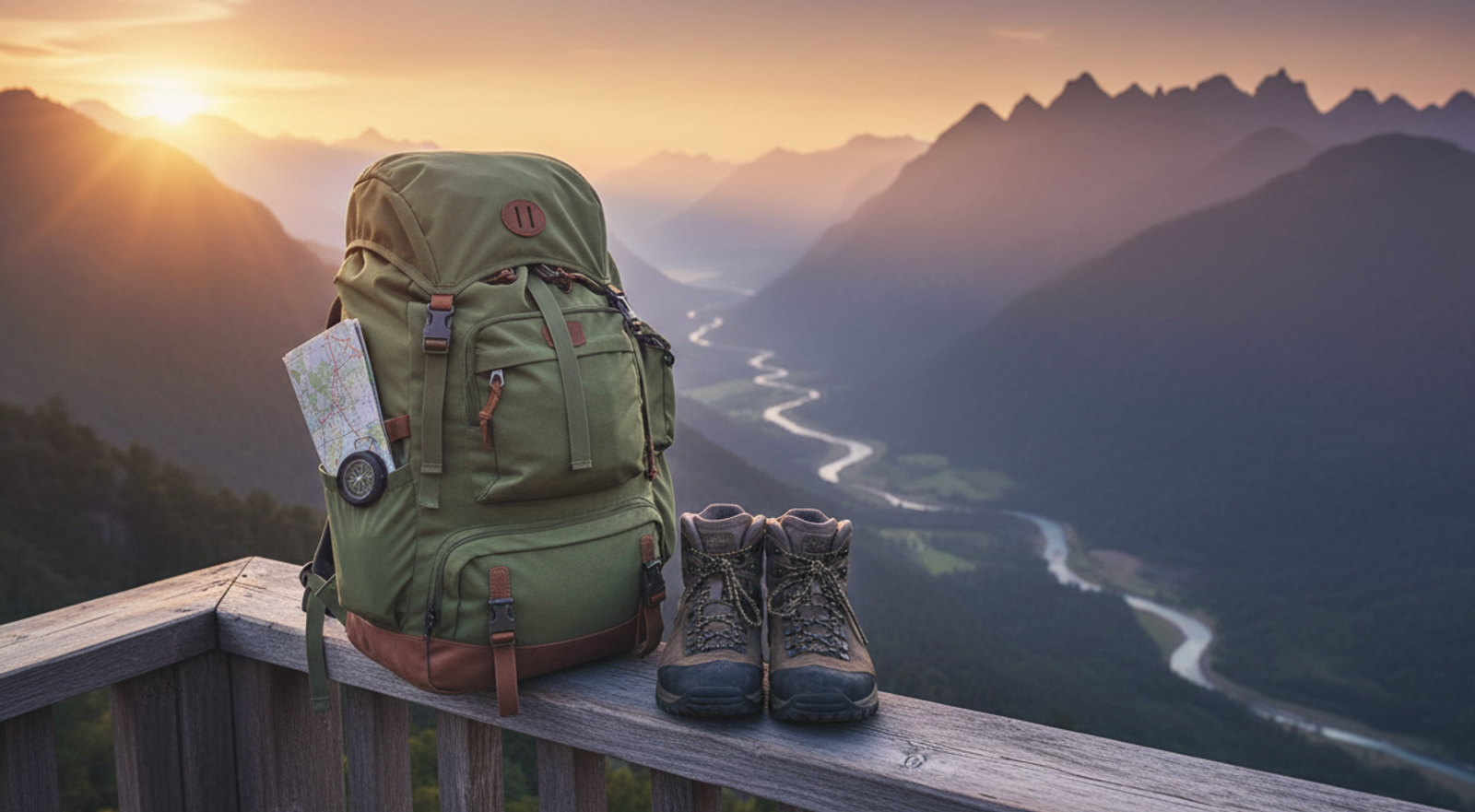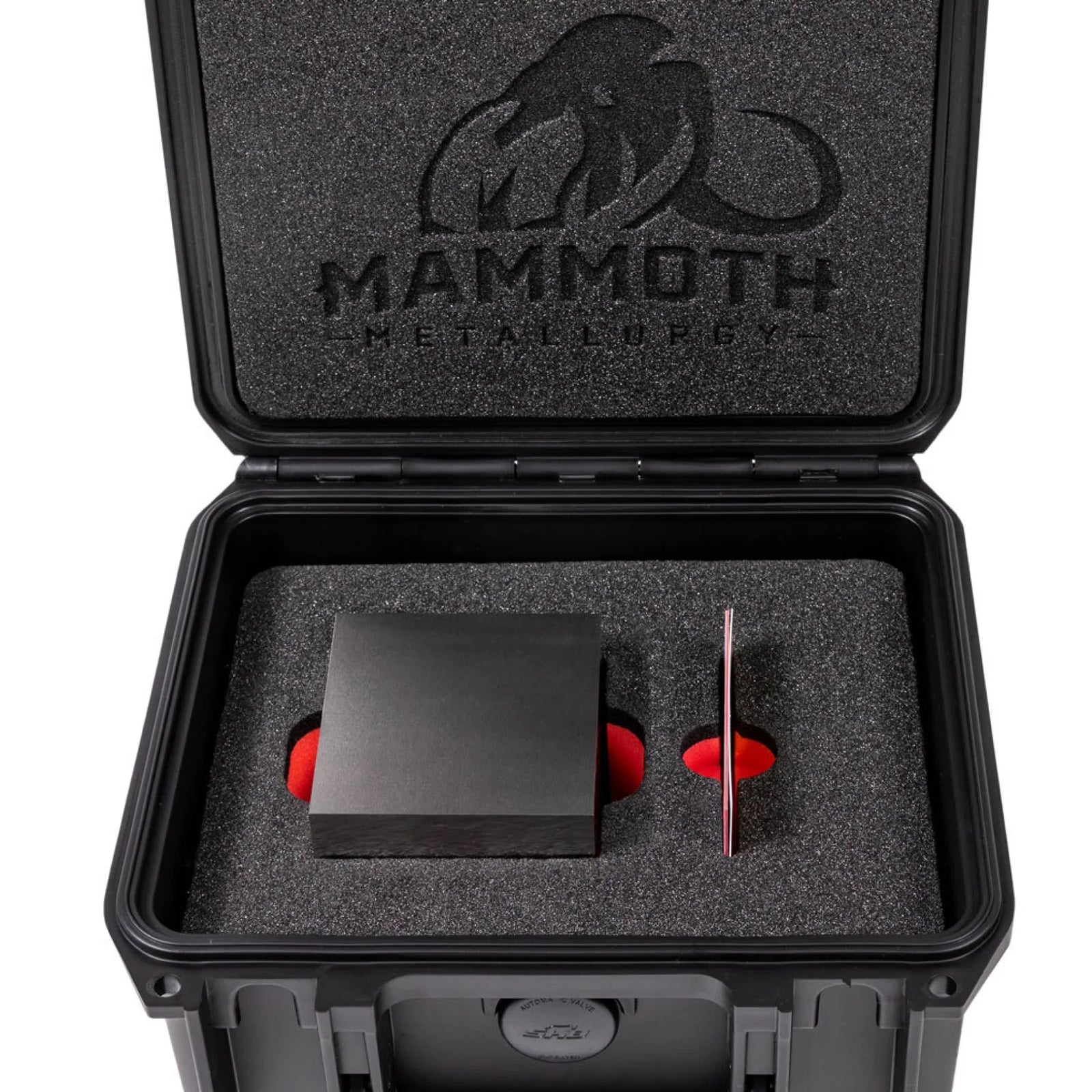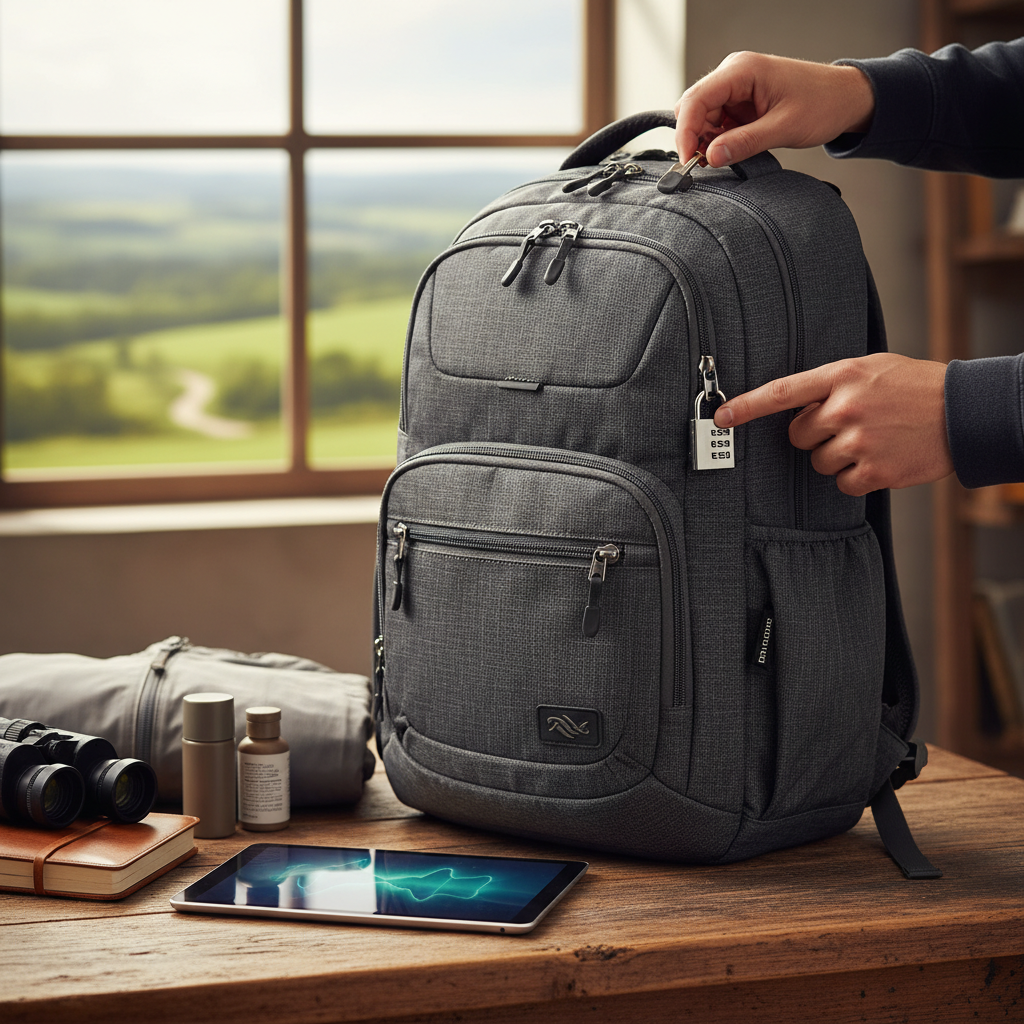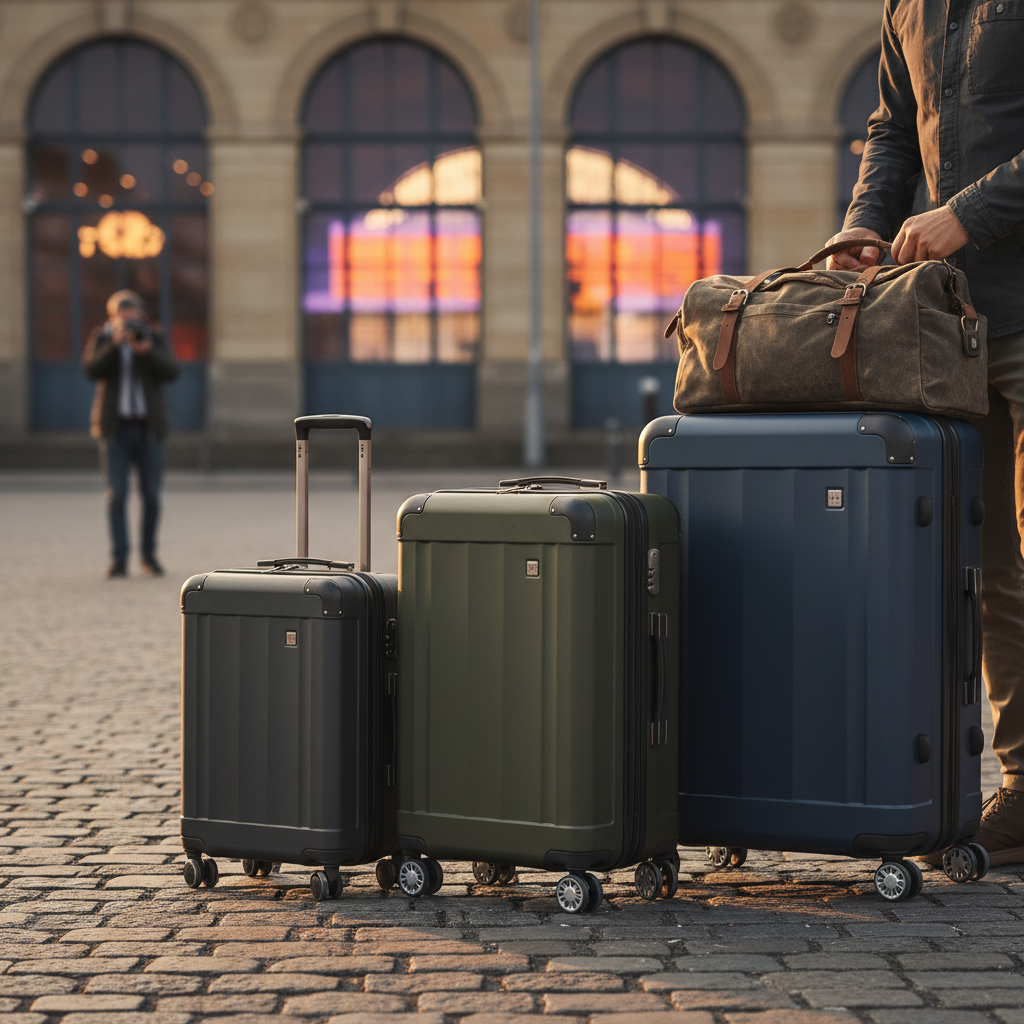Quick Summary / Key Takeaways
If you only remember 5 things from this guide, make it these:
-
Luggage backpacks bridge the gap between traditional suitcases and technical hiking packs, offering the best of both worlds for diverse travel styles, from urban exploration to multi-destination trips.
-
Prioritizing 'carry-on compliance' is crucial; always check airline dimension restrictions before purchasing, as this can dramatically impact your travel experience and avoid costly checked bag fees.
-
Look for thoughtful features like clamshell openings for easy packing, padded laptop sleeves for tech safety, external compression straps to manage load, and durable, water-resistant materials.
-
Investing in a high-quality luggage backpack pays dividends in longevity, comfort, and protection for your belongings, making it a sustainable and cost-effective choice over cheaper alternatives.
-
Optimal packing techniques, such as using packing cubes and strategic weight distribution, enhance the functionality of your luggage backpack, preventing discomfort and maximizing internal space.

Introduction
Remember that exhilarating feeling of stepping off a train in a new city, map in hand, ready to explore?Or perhaps the frustration of dragging a bulky suitcase over cobblestone streets? The luggage backpack emerged from this exact tension – the desire for freedom, mobility, and the capacity to carry your world without breaking your back. It's not just a bag; it's a travel philosophy. For years, travelers grappled with a binary choice: a traditional rolling suitcase for convenience in airports, or a rugged hiking backpack for adventure. The luggage backpack, often called a travel pack, shrewdly blends the best attributes of both. It offers the organizational prowess of a suitcase with the ergonomic comfort and portability of a backpack, becoming the ultimate chameleon for the modern globetrotter. From navigating bustling metro systems to trekking between hostels, a well-chosen luggage backpack can transform your travel experience. It frees your hands, stabilizes your load, and empowers you to move with an agility that a wheeled bag simply can't match. This guide will unpack everything you need to know to select, pack, and master your ideal travel companion.
Luggage Backpack vs. Traditional Carry-On: A Feature Comparison
|
Feature |
Luggage Backpack |
Traditional Carry-On |
Best Use Case |
|
Portability |
Flexible, hands-free on varied terrain |
Wheeled, smooth airport floors |
Multi-city, uneven paths, public transport |
|
Packing Access |
Clamshell or U-zip for suitcase-like access |
Main compartment, often top/front load |
Organized, quick access to all items |
|
Comfort |
Ergonomic harness, hip belt, back panel |
Pull handle, sometimes side handles |
Extended wear, heavy loads |
|
Versatility |
Daypack integration, compression straps |
Defined shape, limited external options |
Adventure, mixed travel, diverse environments |
Key Specifications for Popular Luggage Backpack Sizes
|
Capacity (Liters) |
Typical Dimensions (H x W x D) |
Avg. Empty Weight (kg) |
Ideal Trip Duration |
|
30-35L |
20 x 13 x 8 inches |
0.9 - 1.2 kg |
Weekend trip (2-3 days) |
|
40-45L |
22 x 14 x 9 inches |
1.2 - 1.8 kg |
Week-long trip (5-7 days) |
|
50-60L |
24 x 15 x 10 inches |
1.8 - 2.5 kg |
Extended travel (10+ days, with careful packing) |
|
65-80L |
28 x 16 x 12 inches |
2.5 - 3.5 kg |
Long-term, specialized gear (Not carry-on) |
Contest Launch Checklist
-
Verify airline carry-on dimensions for your specific luggage backpack before departure.
-
Distribute weight evenly within the pack to prevent shoulder or back strain during transit.
-
Secure all external straps and zippers to avoid snagging or accidental opening.
-
Create a 'quick access' pocket for essential documents like passport and boarding pass.
Post-Contest Follow-Up Checklist
-
Empty and thoroughly clean your luggage backpack, wiping down both interior and exterior.
-
Check for any wear and tear on zippers, seams, and straps, performing minor repairs if needed.
-
Ensure the backpack is completely dry before storing it in a cool, well-ventilated area.
-
Update your packing list based on the last trip's experience for future optimization.
Table of Contents
SECTION 1: UNDERSTANDING LUGGAGE BACKPACKS
1. What defines a 'luggage backpack' versus a regular backpack or suitcase?
2. Who benefits most from using a luggage backpack?
3. What are the main advantages of a travel pack over traditional luggage?
4. Are there any disadvantages to using a luggage backpack?
SECTION 2: CHOOSING THE RIGHT TRAVEL PACK
5. What capacity (liter size) is ideal for a luggage backpack?
6. How important is carry-on compliance for luggage backpacks?
7. Which features are essential for comfort and organization?
8. What materials should I look for in a durable luggage backpack?
9. Are women's specific luggage backpacks truly necessary?
SECTION 3: PACKING & USING YOUR LUGGAGE BACKPACK
10. What are the best packing strategies for a luggage backpack?
11. How can I ensure my luggage backpack remains comfortable to carry?
12. Can I attach extra gear to the outside of my travel pack?
13. How do I protect my luggage backpack during transit on flights?
SECTION 4: MAINTENANCE & LONGEVITY
14. What is the best way to clean my luggage backpack?
15. How often should I inspect my travel pack for wear and tear?
Frequently Asked Questions
SECTION 1: UNDERSTANDING LUGGAGE BACKPACKS
FAQ 1: What defines a 'luggage backpack' versus a regular backpack or suitcase?
A 'luggage backpack' is specifically designed for travel, blending the hands-free portability of a backpack with the organizational features and easy access of a suitcase. Unlike traditional hiking packs, they often feature a full clamshell opening, hidden shoulder straps, and a more structured internal compartment. This design prioritizes access to clothes and travel essentials over technical outdoor gear, making it distinct from purely recreational backpacks. They typically lack the numerous external straps and technical attachments found on hiking bags. Furthermore, they are generally softer-sided than hard-shell suitcases, offering greater flexibility.
Real Results:I once watched a traveler effortlessly navigate a crowded European train station with a 40L travel pack, while others struggled to hoist 25kg wheeled suitcases up stairs.
Takeaway:Luggage backpacks offer superior mobility and organization compared to both hiking packs and traditional wheeled suitcases for general travel.
FAQ 2: Who benefits most from using a luggage backpack?
Frequent travelers, digital nomads, and those who prioritize mobility and hands-free convenience benefit most from using a luggage backpack.This includes individuals exploring multiple cities, utilizing public transport extensively, or navigating diverse terrains like cobblestone streets and stairs. Solo adventurers, backpackers, and even business travelers seeking to bypass checked baggage can also find immense value. Essentially, anyone who moves often and values agility over rigid structure will find a travel pack indispensable.
Real Results:After switching from a suitcase to a 45L travel pack, one friend reduced her travel time through airports by 25% and saved $100+ on checked bag fees annually.
Takeaway:Travel packs are ideal for agile travelers who frequently move between locations and value efficiency.
FAQ 3: What are the main advantages of a travel pack over traditional luggage?
The main advantages of a travel pack include enhanced mobility, hands-free convenience, and often better adaptability to varying travel conditions.Unlike wheeled suitcases, they excel on uneven surfaces, stairs, and crowded public transport. Their backpack design allows for easier navigation and keeps both hands free for tickets, maps, or coffee. Many also offer features like hideaway straps and carry handles, making them versatile for different situations. Moreover, they often encourage lighter packing, which can save on airline baggage fees.
Real Results:During a trip to Kyoto, my 38L travel pack allowed me to walk from the train station to my ryokan through narrow, crowded streets in 15 minutes, whereas friends with rollers took 45 minutes.
Takeaway:Travel packs offer superior flexibility and hands-free movement, especially beneficial in dynamic travel environments.
FAQ 4: Are there any disadvantages to using a luggage backpack?
Yes, there are a few disadvantages to using a luggage backpack, primarily revolving around comfort with heavy loads and potential for wrinkled clothes. A heavily packed travel pack can become cumbersome and uncomfortable to carry over long distances if not fitted properly or if the weight distribution is poor. Unlike a suitcase, it can also lead to more wrinkled clothing, as items are often compressed against your back or other belongings. Additionally, some users may miss the structured protection offered by hard-shell suitcases for fragile items. Packing and unpacking may require more strategic thought than simply tossing items into a wide-open suitcase.
Real Results:My first trip with a 50L travel pack taught me a harsh lesson: 18kg of gear caused shoulder pain after just 30 minutes of walking, highlighting the importance of weight management.
Takeaway:Be mindful of packing weight and internal organization to mitigate potential discomfort and garment wrinkling.
SECTION 2: CHOOSING THE RIGHT TRAVEL PACK
FAQ 5: What capacity (liter size) is ideal for a luggage backpack?
The ideal capacity for a luggage backpack largely depends on your trip duration, packing style, and whether you intend to use it as a carry-on.For most travelers aiming for carry-on only, a 35-45 liter pack is generally considered optimal, sufficient for 1-2 weeks of travel. Smaller packs (25-30L) are perfect for weekend trips or minimalist packers. Larger packs (50-65L) might require checking but offer more space for longer journeys or specialized gear. It's crucial to balance capacity with potential airline restrictions and your physical comfort.
Real Results: For my one-month Southeast Asia trip, a 40L pack, combined with careful packing cubes, proved perfectly adequate, allowing me to avoid checked baggage fees on all 7 flights.
Takeaway:Aim for 35-45 liters for carry-on travel; adjust based on trip length and your personal packing habits.
FAQ 6: How important is carry-on compliance for luggage backpacks?
Carry-on compliance is critically important for luggage backpacks, as it directly impacts convenience, cost, and travel efficiency.Adhering to airline size restrictions (typically around 22"x14"x9" for international flights) means avoiding checked bag fees, saving time at baggage claim, and reducing the risk of lost luggage. Many travel packs are specifically designed to meet these common dimensions, though always double-check with your specific airline. Ignoring these rules can lead to unexpected expenses and delays, turning a smooth trip into a stressful experience. My personal rule is: if it doesn't fit, it doesn't fly as a carry-on.
Real Results:One traveler saved over $150 on a multi-stop European trip by ensuring her 40L pack met every airline's carry-on limits, easily fitting into overhead bins.
Takeaway:Always verify airline carry-on dimensions before your trip to avoid fees and hassle, making compliance a top priority.
FAQ 7: Which features are essential for comfort and organization?
Essential features for comfort and organization in a luggage backpack include a padded hip belt, adjustable sternum strap, and a ventilated back panel.A good hip belt transfers weight from your shoulders to your hips, crucial for heavier loads, while the sternum strap stabilizes the pack. A ventilated back panel prevents sweat buildup, enhancing comfort. For organization, look for a clamshell opening for easy access, multiple internal compression straps, and dedicated pockets for a laptop, toiletries, and documents. External water bottle pockets and quick-access top pockets are also highly beneficial.
Real Results:My previous pack lacked a hip belt; upgrading to one with a robust hip belt reduced perceived weight by 30% and eliminated shoulder fatigue on long travel days.
Takeaway:Prioritize ergonomic harness systems and thoughtful internal organization to maximize comfort and packing efficiency.
FAQ 8: What materials should I look for in a durable luggage backpack?
For a durable luggage backpack, look for high-denier nylon or polyester fabrics, ideally with water-resistant coatings like DWR (Durable Water Repellent) or TPU lamination. Common durable fabrics include Cordura or Ripstop nylon, known for their resistance to tears and abrasions. Quality zippers, such as YKK, are non-negotiable as they are often the first point of failure. Reinforced stitching at stress points, particularly on shoulder straps and grab handles, indicates robust construction. These material choices ensure your investment withstands the rigors of travel and protects your belongings from the elements and rough handling.
Real Results:My 1000D Cordura travel pack survived countless airport carousel tosses and a torrential downpour in Vietnam without a single tear or water breach.
Takeaway:Opt for high-denier, water-resistant fabrics and reputable zipper brands for maximum durability and protection.
FAQ 9: Are women's specific luggage backpacks truly necessary?
Women's specific luggage backpacks are not always 'necessary' but can significantly enhance comfort for many female travelers due to anatomical differences.These packs typically feature a shorter torso length, narrower shoulder straps set closer together, and a re-angled hip belt to better fit a woman's hips and torso. While not every woman needs a women's specific pack, those with smaller frames, shorter torsos, or wider hips often find these tailored designs more comfortable and supportive, preventing chafing and uneven weight distribution. Ultimately, fit is king; try on both men's and women's models to see what feels best.
Real Results:My partner struggled with a 'unisex' pack until she switched to a women's specific 40L model, reporting zero shoulder pain on a week-long trek, a first for her.
Takeaway:Consider women's specific designs for an optimized fit and enhanced comfort if standard 'unisex' packs feel ill-fitting.
SECTION 3: PACKING & USING YOUR LUGGAGE BACKPACK
FAQ 10: What are the best packing strategies for a luggage backpack?
The best packing strategies for a luggage backpack involve maximizing space and maintaining balance, often achieved through packing cubes and strategic item placement.Use packing cubes to compartmentalize clothing, keeping it organized and compressed, which acts like modular drawers within your pack. Place heavier items closer to your back and slightly above your hips to maintain a low center of gravity. Distribute weight evenly side-to-side to prevent leaning. Roll clothes to minimize wrinkles and save space, and utilize internal compression straps to snug everything down, preventing shifting during transit.
Real Results:By implementing packing cubes, I fit two weeks' worth of clothes into a 35L pack, a feat I previously thought impossible, saving precious space and keeping items neat.
Takeaway:Employ packing cubes and strategic weight distribution to optimize space, organization, and carrying comfort in your travel pack.
FAQ 11: How can I ensure my luggage backpack remains comfortable to carry?
To ensure your luggage backpack remains comfortable to carry, proper fitting and strategic weight distribution are paramount.Always adjust the torso length, shoulder straps, sternum strap, and hip belt to ensure the pack sits correctly on your body, with the hip belt bearing most of the load. Place heavier items close to your back and centered to avoid strain. Avoid overpacking, as an excessively heavy pack will inevitably lead to discomfort regardless of fit. Take breaks when carrying for extended periods, and walk with good posture to minimize strain. Think of it as an extension of your body, not just a bag.
Real Results:After learning to adjust my pack's hip belt to sit directly on my iliac crest, an 8kg load felt like 5kg, making airport transfers significantly more pleasant.
Takeaway:Proper fitting, balanced weight distribution, and avoiding overpacking are key to sustained carrying comfort.
FAQ 12: Can I attach extra gear to the outside of my travel pack?
Yes, many luggage backpacks include external attachment points like daisy chains, compression straps, or even dedicated loops for attaching extra gear, though it's often advisable to minimize this. Attaching items like sleeping bags, yoga mats, or water bottles can be convenient, but doing so shifts the pack's center of gravity and can make it unwieldy. Ensure any attached gear is securely fastened to prevent loss and avoid snagging on obstacles. When flying, always remove externally attached items and place them inside or check the bag to prevent damage or loss. Prioritize internal storage first for balance and safety.
Real Results:I once secured a travel pillow and a pair of flip-flops to my pack's compression straps; it worked, but made navigating tight spaces slightly more challenging.
Takeaway:External attachments are possible but use them judiciously to maintain balance, security, and avoid snagging, especially during air travel.
FAQ 13: How do I protect my luggage backpack during transit on flights?
To protect your luggage backpack during transit on flights, especially if checking it, the most effective method is to use a durable travel cover or a duffel bag.These covers enclose the entire pack, preventing straps, buckles, and zippers from getting snagged, damaged, or ripped off by conveyor belts. Alternatively, you can use a large, sturdy garbage bag and tape it securely around the pack as a makeshift cover. Always ensure all external straps are cinched tight, and any removable components are either secured or placed inside the main compartment. Hiding the shoulder straps and hip belt into their dedicated zippered compartments is also a crucial step to prevent damage.
Real Results:After a shoulder strap was ripped off a friend's pack on a flight, I now always use a protective duffel, which has saved my own pack from multiple scrapes and snags.
Takeaway:Protect checked luggage backpacks with a dedicated travel cover or by stowing all straps to prevent damage from airport machinery.
SECTION 5: MAINTENANCE & LONGEVITY
FAQ 14: What is the best way to clean my luggage backpack?
The best way to clean your luggage backpack is by hand-washing it with mild soap and lukewarm water, avoiding harsh chemicals or machine washing.First, empty all compartments and shake out any debris. Use a soft brush or cloth to gently scrub dirty spots with a diluted solution of mild detergent (like dish soap) or specialized gear cleaner. Pay extra attention to high-contact areas like shoulder straps and the back panel. Rinse thoroughly to remove all soap residue, then hang the backpack upside down in a well-ventilated area away from direct sunlight to air dry completely, which can take 24-48 hours. This prevents mold and mildew buildup.
Real Results: Cleaning my pack after a dusty desert trip with mild soap and a brush removed all grime, restoring its appearance and preventing odor buildup that could attract pests.
Takeaway:Hand-wash your travel pack with mild soap and air dry completely to maintain its integrity and prevent odors.
FAQ 15: How often should I inspect my travel pack for wear and tear?
You should inspect your travel pack for wear and tear after every major trip or at least once every 3-6 months if you're a frequent traveler.Regular inspection allows you to catch minor issues like loose threads, fraying seams, or sticky zippers before they escalate into major problems. Pay close attention to high-stress areas such as strap attachments, compression points, and the bottom of the pack. Early detection enables timely repairs, extending the lifespan of your backpack significantly. Proactive maintenance is key to preventing unexpected failures during future travels, which could otherwise ruin a trip.
Real Results:I discovered a small tear near a zipper pull during a routine inspection; a quick patch saved me from a catastrophic gear spill on my next cross-country bus trip.
Takeaway:Regular post-trip inspections are crucial for identifying and addressing wear, ensuring your travel pack's long-term reliability.

